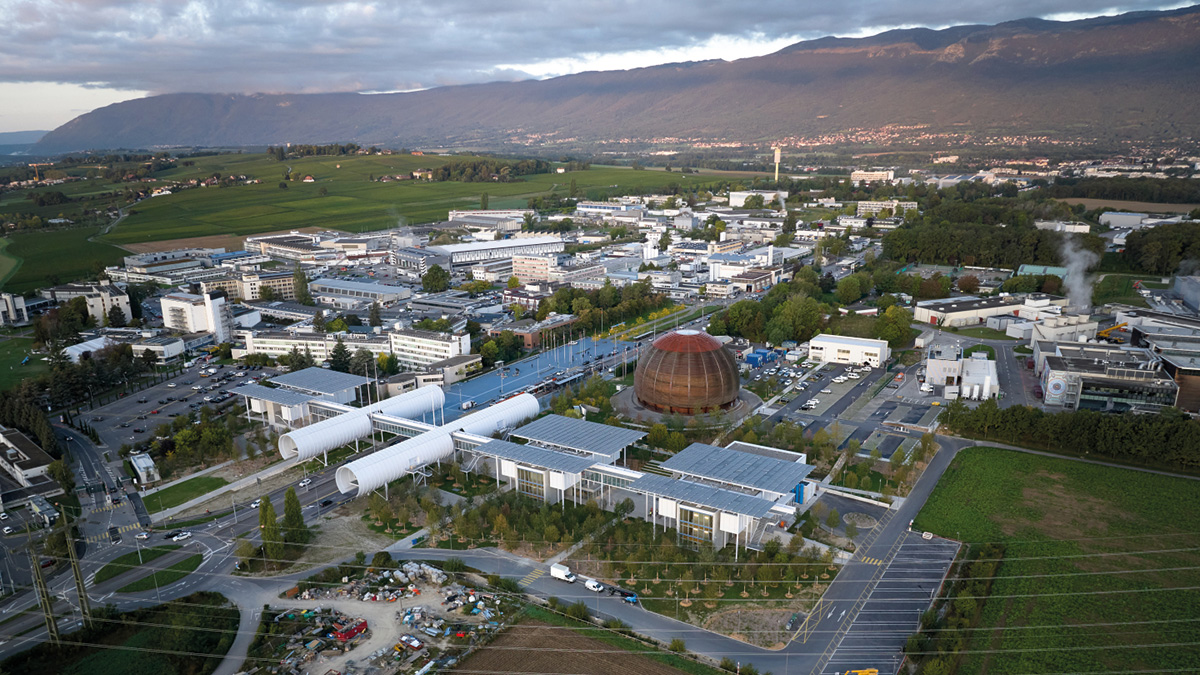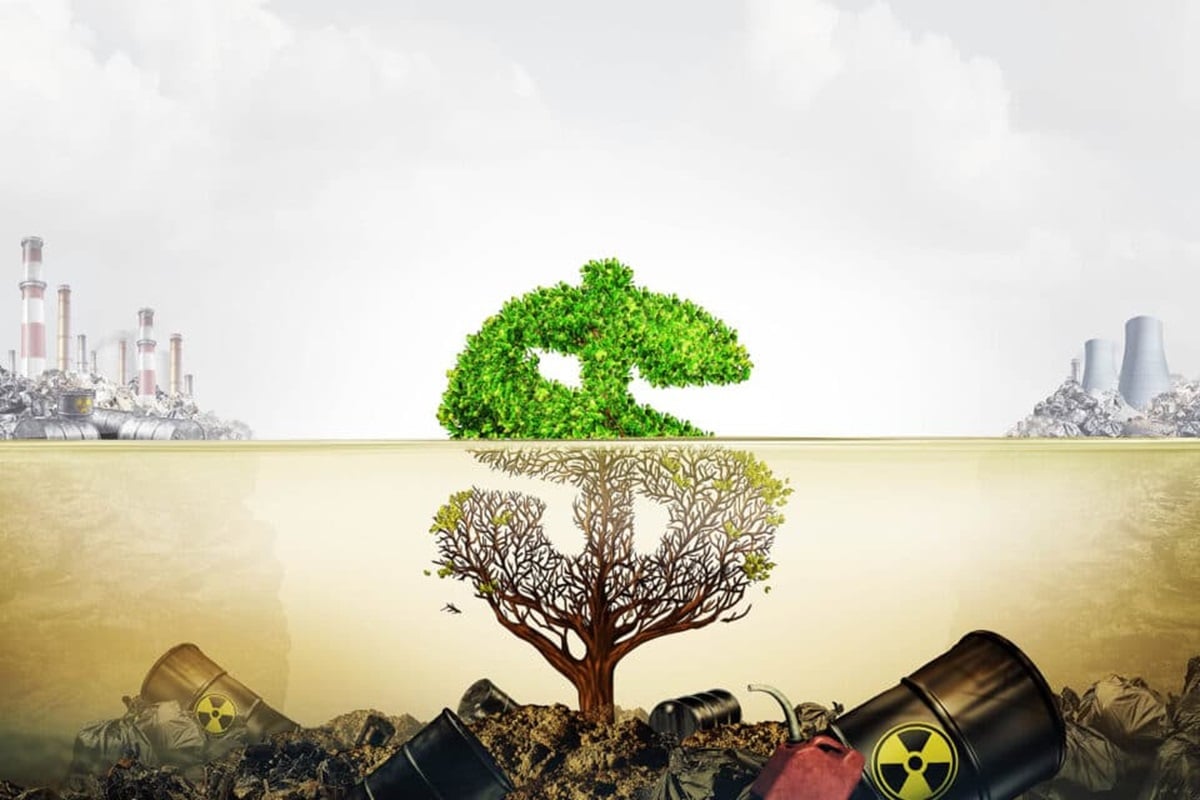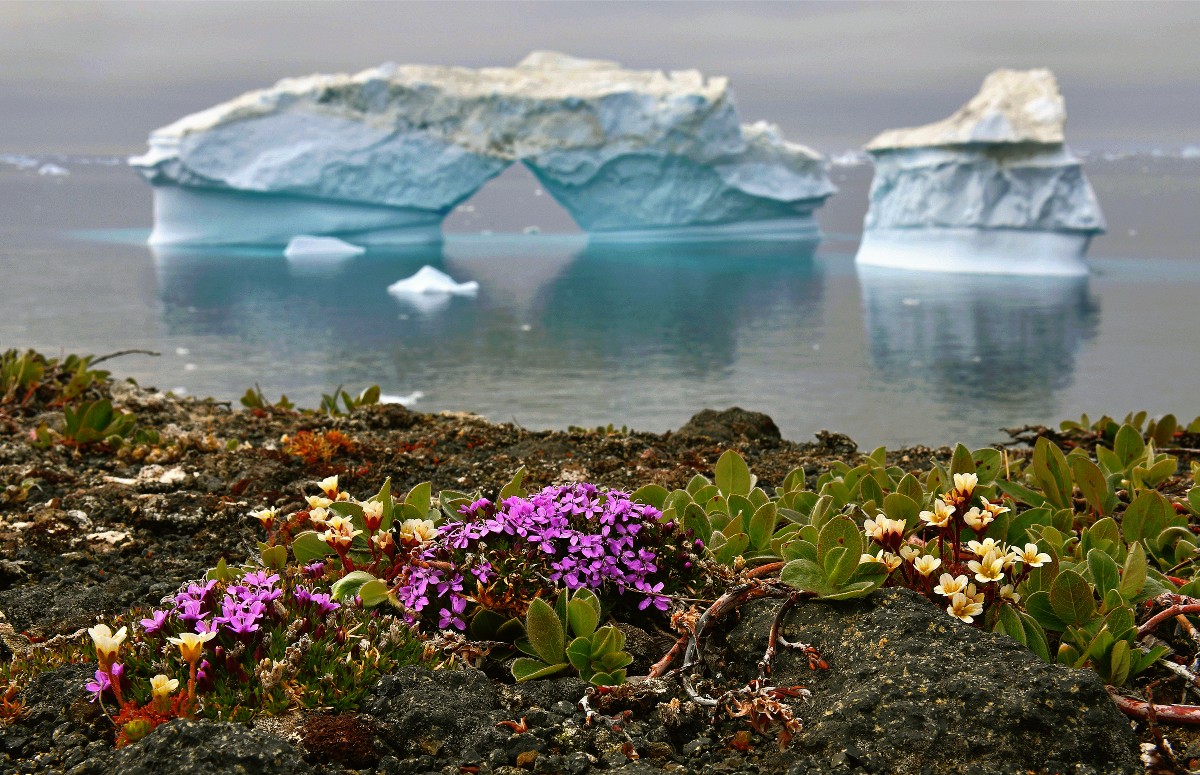In Afghanistan, especially in Kabul, people are enjoying peaceful days with temperatures around 16 degrees Celsius. This is different from many South and Southeast Asian countries where people are struggling with intense heat.

Afghanistan is ranked 86th in air pollution, which is better than many countries in South and Southeast Asia. The government is taking steps to improve air quality by building parks and gardens in major cities like Kabul.
The government aims to reduce pollution to zero by planting thousands of trees and constructing a new city called ‘New Kabul City’. This new city will have plenty of green spaces and water supply to control temperatures and maintain natural balance.
Surprisingly, Afghanistan’s government is focusing on climate change and protecting the environment, which shows its commitment to creating a natural paradise.
In cities like Kabul, people are taking advantage of the green environment to relax and spend leisure time peacefully. The construction of large parks and gardens across major cities, including the capital, is part of the government’s efforts to combat pollution and create a healthier living environment for its citizens.
The initiative to build ‘New Kabul City’ demonstrates a forward-thinking approach to urban development, with a strong emphasis on incorporating green spaces and sustainable practices. By prioritizing the preservation of natural balance, Afghanistan is positioning itself as a model for environmentally conscious urban planning.
Despite negative perceptions of Afghanistan, the government’s proactive stance on environmental issues is garnering praise and recognition. As the country continues to invest in green infrastructure and promote sustainability, it is transforming into a natural haven amidst the challenges of climate change and pollution.



